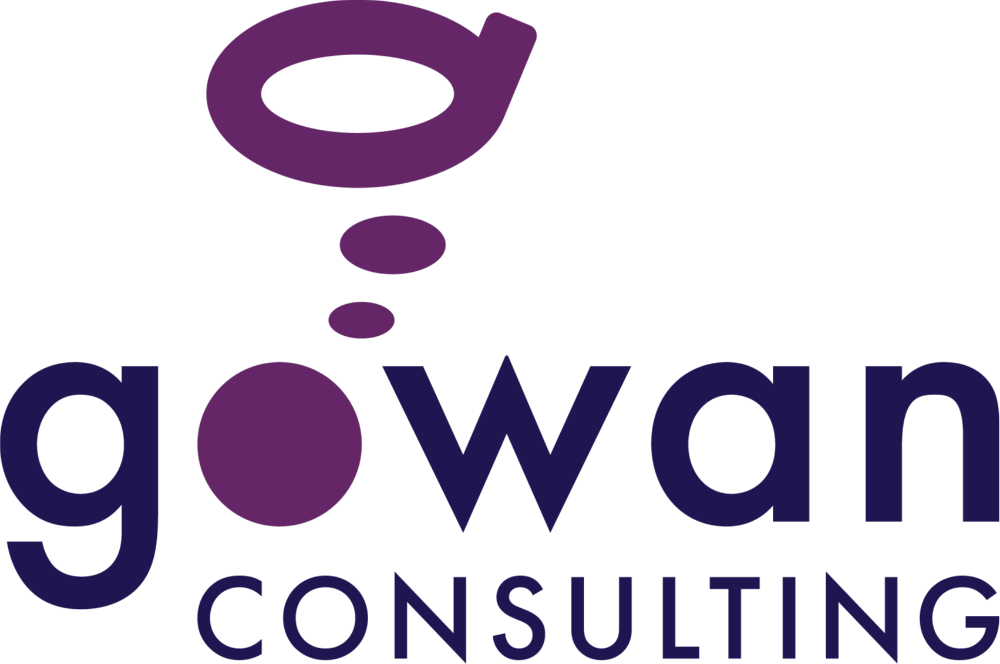How to Reduce Workplace Stress by Improving Organizational Resiliency
Apr 14, 2023
If you’re feeling stressed at work, you’re not alone. There are many causes of stress, but the workplace is the number one source of stress for working adults, according to the American Institute of Stress. In Canada, more than 25% of Canadian workers report being highly stressed on a daily basis, with 62% of Canadian workers reporting that work is their main source of stress1.
Prolonged stress can lead to larger problems such as burnout and other physical and psychological problems. About 1 million workers are absent every day because of stress, and job stress costs the US job industry more than $300 billion due to absenteeism, low productivity, and healthcare costs2.
With the health- and business-related costs of workplace stress so great, individuals and organizations need stress management tools to help build resilient workforces. Individuals who are more resilient cope better with change, and resilient organizations are not only able to survive, but also thrive in this world of uncertainty.
Why Are Employees So Stressed at Work?
Workplace stress is defined by the World Health Organization as “the response people may have when presented with work demands and pressures that are not matched to their knowledge and abilities and which challenge their ability cope.” Generally, this conflict is a combination of high job demands and low control over the situation, which then creates a negative physical and emotional response3.
Every worker is an individual with their professional and personal lives bringing different factors that may influence their reactions to conditions in the workplace. However, there are factors within workplaces that have been shown to influence feelings of stress in the workplace. Some examples include the following4:
- Task design (e.g., workload, abilities do not match job demands, lack of training).
- Role in the organization (e.g., lack of clarity about job expectations, conflicting roles, multiple managers)
- Career development (e.g., lack of advancement, overall job satisfaction)
- Relationships at work (e.g., lack of support from managers or coworkers)
- Organizational structure/climate/management style (e.g., poor communication, little recognition, lack of perceived fairness)
- Work-life balance conflicts
- Poor workplace conditions
What Can Employers Do to Manage Resiliency in Their Organization?
Employers need to navigate increasingly complex and challenging environments by implementing strategies for resiliency in their organization. Resilience integrates the concepts of risk, crisis management, business continuity planning, and organizational leadership to provide a platform for developing more robust and agile organizations.
Recognize Psychological Health and Safety Risks
Ensure that you had audited your workplace for psychological health and safety risks. Assess the demands of the job, employees’ control over their job, the supports and resources available, the workplace relationships, role clarity, and how change is managed and communicated. Employers should look for pressures at work which could cause high and/or long-lasting levels of stress and who may be harmed by these pressures. Leaders can assess their skills in supporting employees to be psychologically safe by taking the Psychologically Safe Leader Assessment.
Train Leaders
Many new leaders feel that they do not have the skills to support psychological safety in the workplace. However, the tools needed to support employees in the workplace can be taught. Workplace-based training programs can help managers identify workplace stressors and signs that an employee is struggling and learn how to have productive and compassionate conversations with employees to manage those stressors.
Training should focus on practical skill development, coaching, and ongoing development of leadership skills that will support the organization’s employees to manage workplace stressors and work-life balance.
Assess Job Demands
Good job design accommodates an employee’s mental and physical abilities. In general, the following job design guidelines will help minimize or control workplace stress:
- The job should be reasonably demanding (but not based on “sheer endurance”) and provide the employee with at least a minimum of variety in job tasks.
- The employee should be able to learn on the job and be allowed to continue to learn as their career progresses.
- The job should comprise some area of decision-making that the individual can call his or her own.
- There should be some degree of social support and recognition in the workplace.
- The employee should feel that the job leads to some sort of desirable future.
Looking at each job and the tools provided to employees to be successful is core to managing stress in any organization. The cognitive, physical, and psychological demands of the job can be assessed using a structured, objective Job Demands Analysis. There are many objective ways to examine job demands. A Cognitive Demands Analysis Certificate Program can give you the training to complete CDAs consistently within any organization.
Develop Employee Resiliency Tools
By understanding typical behaviors linked to a lack of resilience, leaders can encourage employees to examine their thinking patterns and change their interpretation of the situation, thereby reducing negative feelings between team members and improving team dynamics. In short, resilient employees are simply better employees, on average. Here are six tips to improve resiliency:
- Provide tools to measure employee resiliency, such as these eight resilience scales.
- Assist employees in examining their roles and responsibilities at work and home.
- Teach employees to examine thinking patterns that may cause stress.
- Improve communication to improve team dynamics.
- Provide resources to develop work life balance.
- Offer flexibility in the organization for employees to manage job responsibilities with home.
Provide Supports for Resiliency in Your Organization
Having work-focused strategies and coaching within the organization for employees to access can provide the objective support and insight to employees while they are working. This increases the ability to stay at work while managing stress proactively. Most employees indicate that do not have time to access mental health resources outside of working hours due to home life demands.
Mental health walk-in clinics provided virtually during work hours can give employees access to coaching, tools, and resources as they are needed. Occupational Therapists can help employees learn how to examine their stressors and develop stress management tools that can be applied immediately to regain balance at work and manage work and home stressors.
In a Gowan Consulting study of mental health walk-in clinics, an organization with 750 employees saw approximately 150 employees accessing their company’s walk-in clinic within a one-year period. Of those 150 employees, all remained at work and functioning on the job with the tools and coaching provided by an Occupational Therapist. The walk-in clinics were shown to help manage the work and home stressors that were impacting the employees’ presenteeism.
How Can Gowan Consulting Help?
- Make a referral to an Occupational Therapist to assist your employees in developing a stress management toolkit.
- Have your employees take our Psychological Safety at Work Training so they can gain skills in managing team relationships in a respectful and civil manner. The program covers stopping stigma around mental health, conflict resolution, understanding bias, and more.
- Train managers on how to support employees by enrolling them in Inclusive Leadership Training.
- Sign up for our one-hour webinar on Managing Stress in Organizations.
- Contact a consultant or email us at [email protected] to discuss how you can have a virtual walk-in clinic implemented within your organization.
References
[1] “Infographic: Work-Related Stress,” Statistics Canada, February 20, 2017, https://www150.statcan.gc.ca/n1/pub/11-627-m/contest/finalists-finalistes_2-eng.htm
[2] "Workplace Stress: Are you experiencing workplace stress?" The American Institute of Stress, February 15, 2023, https://www.stress.org/workplace-stress
[3] “Workplace Stress – General,” Canadian Centre for Occupational Health and Safety, accessed on April 11, 2023 from https://www.ccohs.ca/oshanswers/psychosocial/stress.html?msclkid=623e6c41a9cb11ecb8b6d921d3756aa8
[4] Murphy, L. R., Occupational Stress Management: Current Status and Future Direction. in Trends in Organizational Behavior, 1995, Vol. 2, p. 1-14, and UK Health & Safety Executive (HSE) “Managing the causes of work-related stress: A step-by-step approach using the Management Standards”, 2007.

